I am using an electro magnetic door lock which I am powering with 12 volts. It is switched on and off using a transistor array (uln2003.) I have also included a flyback diode. My problem is this: after I have switched off the magnet, there appears to be a lingering field that holds the door shut until it is pushed open. It is not a strong field, and it goes away after the door is pressed open. I need to build a circuit that can neutralize this field. How?
My inexperienced mind is telling me that I need to send a short burst of current through the magnet in the opposite direction.
